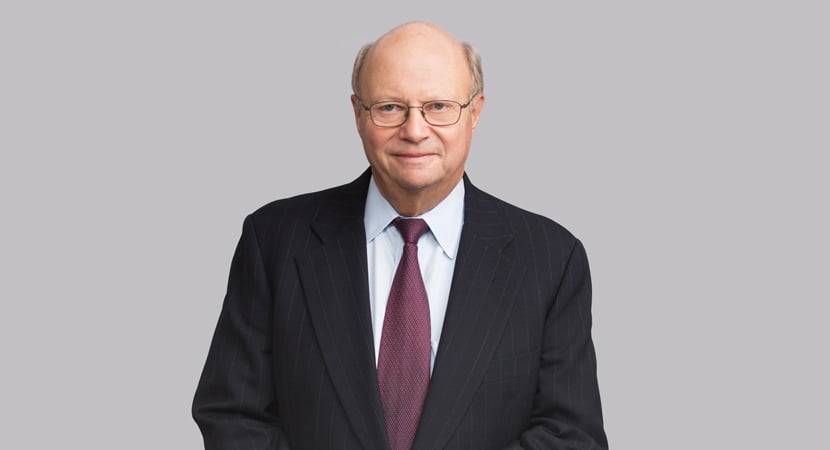In an action for copyright infringement, DMCA violation and defamation over critical commentary on creative video posted on YouTube, district court grants defendants’ motion for summary judgment, holding that allegedly infringing video constitutes fair use, defendants had subjective “good faith belief” in filing their DMCA counter-takedown notification and allegedly defamatory video contains nonactionable opinions or substantially true statements.
Filmmaker Matt Hosseinzadeh, who posts original video content on YouTube, brought a copyright infringement and defamation action against Ethan and Hila Klein, two other filmmakers who develop programming on YouTube. Defendants’ allegedly infringing YouTube video intersperses relatively short segments of a video created by and starring the plaintiff Hosseinzadeh with long segments of their commentary criticizing its unrealistic dialogue, plotlines and “quasi-pornographic” content. Before filing suit, Hosseinzadeh submitted a Digital Millennium Copyright Act takedown notification to YouTube, and defendants submitted a DMCA counter-notification challenging the takedown on the basis that their video was fair use and noncommercial. Hosseinzadeh then filed suit, alleging that defendants’ video infringed his copyrights and that defendants made misrepresentations in their counter-takedown notice in violation of the DMCA. Once Hosseinzadeh filed suit, defendants posted a new video on YouTube in which they discussed the action and criticized Hosseinzadeh for filing it. In response, Hosseinzadeh amended his complaint to include a defamation claim. Following a period of discovery, both parties moved for summary judgment.
Addressing Hosseinzadeh’s copyright infringement claim, the court determined that defendants’ use of clips from the Hosseinzadeh video constitutes fair use as a matter of law and does not infringe Hosseinzadeh’s copyrights. Although the court determined that Hosseinzadeh’s video is a creative work and that a great deal of Hosseinzadeh’s work was copied in defendants’ video, it noted that a review of both parties’ videos makes it clear that defendants’ video is quintessential “criticism” and “comment,” which are classic examples of fair use; that defendants’ copying was plainly necessary to the commentary and critique; and that defendants’ video does not serve as a market substitute for Hosseinzadeh’s video, as defendants’ video transforms Hosseinzadeh’s from a skit into fodder for “caustic, moment-by-moment commentary and mockery.”
The district court dismissed Hosseinzadeh’s claim of DMCA misrepresentation, because defendants’ video was a fair use and therefore there was no misrepresentation in the takedown notice. However, the court also specifically held that even were the defendants’ video not fair use, the same subjective standard of good-faith belief that applies to DMCA notifications under Ninth Circuit precedent also applies to counter-notifications, and defendants had a subjective good-faith belief that their video did not infringe Hosseinzadeh’s copyrights. The court noted that undisputed evidence — that defendants understand the concept of fair use and have an established practice for ensuring their videos make fair use of copyrighted material and that defendants filed a counter-notification alleging that their video constituted fair use — clearly establishes the subjective good-faith belief required under the DMCA.
With respect to Hosseinzadeh’s defamation claim, the court found that this claim too failed, as defendants’ video regarding the lawsuit is replete with statements of opinion or substantially true statements, both of which are nonactionable under New York law. The court disagreed with Hosseinzadeh that defendants’ assertion in the video that “nothing happened” prior to Hosseinzadeh’s threat of litigation and their failure to mention that he sent them a warning email prior to filing suit are defamatory and paint him as a “trigger-happy litigant,” finding that the respective omission and addition of these statements would not have produced a different effect on the mind of the reader from what defendants actually said.
Summary prepared by Jonathan Zavin and Amanda-Jane Thomas.
-
 Partner
Partner
)






